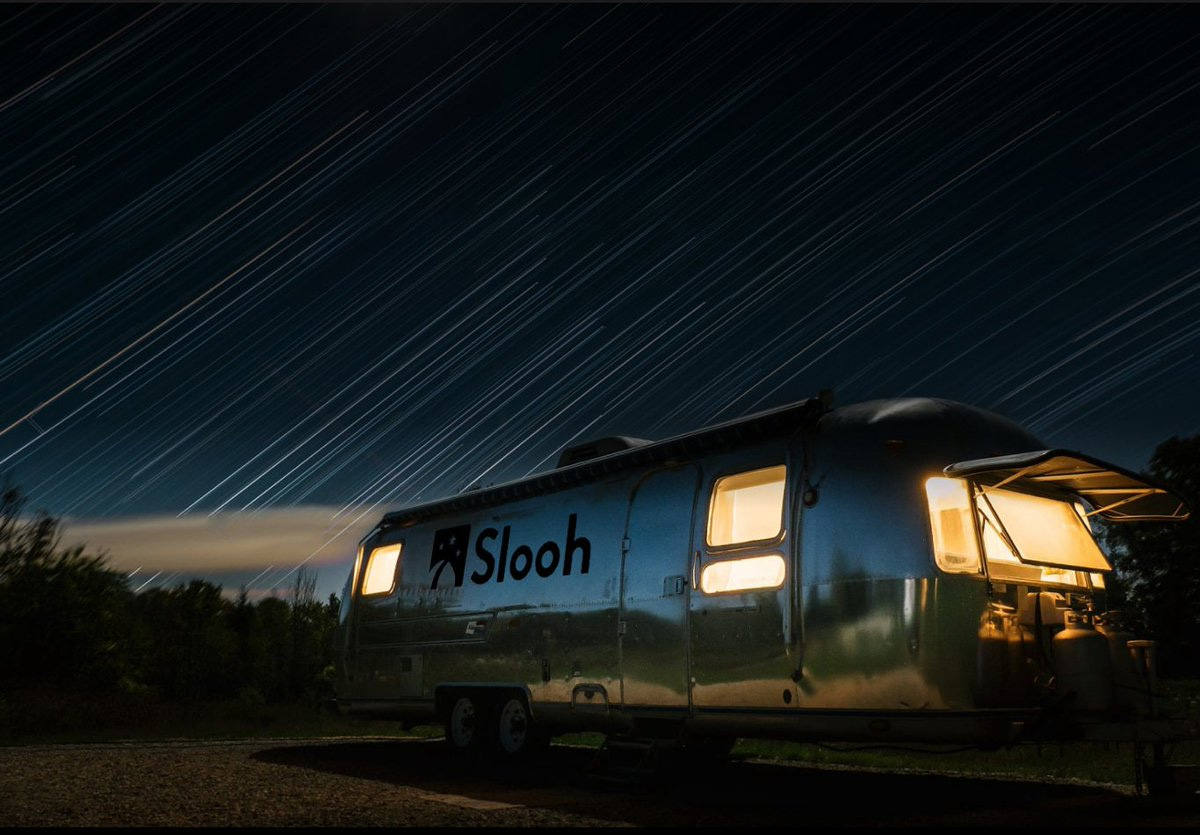Slooh Opens Its Telescope Views of Space to the Public for Free

If you're itching to watch a telescope at work, you can now do it for free thanks to astronomy broadcasting service Slooh.
As the 14-year-old service gears up for a live partial lunar eclipse event today (Aug. 7), Slooh announced its live telescope feeds will be opened to the public for free at all times, instead of just during certain broadcasts. The feeds used to be behind a subscription paywall for paying members only at Slooh.com.
"It allows people to watch without them having to have any preconceived desire or knowledge to pull out a credit card and say, 'I want this'," said Michael Paolucci, founder of Slooh, in an interview with Space.com.
Slooh has two paying membership levels, nicknamed "Apprentice" and "Astronomer." These membership levels allow paying members to use Slooh's seven telescopes in the Canary Islands and Chile for their own observations; those observations are also broadcast in real time. (Slooh also has 25 partner telescopes providing feeds.)
The new initiative allows everyone to watch the live feeds, instead of just paying members. However, you will still have to pay if you want to control Slooh's telescopes. "Apprentice" members have limited observations of 500 popular objects in the night sky (allowing for easy telescope targeting), while "Astronomer" members are for people used to working with professional telescopes, and who are interested in more obscure objects.
"Slooh members get to make astronomical observations just as professional astronomers do today, using the same kind of equipment, from some of the same observatory locations." said Paige Godfrey, Slooh's director of research, in a statement. "The public have never before had the opportunity to do astronomy this way."
Slooh also announced it would have a show at 11:45 a.m. EDT (1545 GMT) today to look at a partial lunar eclipse. This eclipse happens only two weeks before the total solar eclipse of Aug. 21 will cross the United States.
Breaking space news, the latest updates on rocket launches, skywatching events and more!
The lunar eclipse show can be viewed live on the Slooh website. Viewers can take part on Twitter by tagging @Slooh. The webcast will also be available here at Space.com, courtesy of Slooh.
"Every total solar eclipse brings with it a lunar eclipse either two weeks before or after," said Slooh Astronomer Paul Cox in the same statement. "While it may not be as dramatic, it's a wonderful opportunity to build understanding of eclipses, in anticipation of the big one to follow."
The Slooh show will include several live streams of the eclipse from partner observatories in Africa, the far East and Australia. Special guests (who had not been finalized by press time) will also take part.
Slooh will also provide details soon about how members can take part in a weekend in Idaho celebrating the total solar eclipse. That event, Slooh's Transcontinental Road Trip, runs from Aug. 18 through the total solar eclipse and ends Aug. 22.
Editor's note: Space.com has teamed up with Simulation Curriculum to offer this awesome Eclipse Safari app to help you enjoy your eclipse experience. The free app is available for Apple and Android, and you can view it on the web. If you take an amazing photo of the Aug. 21 solar eclipse, let us know! Send photos and comments to: spacephotos@space.com.

Elizabeth Howell (she/her), Ph.D., was a staff writer in the spaceflight channel between 2022 and 2024 specializing in Canadian space news. She was contributing writer for Space.com for 10 years from 2012 to 2024. Elizabeth's reporting includes multiple exclusives with the White House, leading world coverage about a lost-and-found space tomato on the International Space Station, witnessing five human spaceflight launches on two continents, flying parabolic, working inside a spacesuit, and participating in a simulated Mars mission. Her latest book, "Why Am I Taller?" (ECW Press, 2022) is co-written with astronaut Dave Williams.

